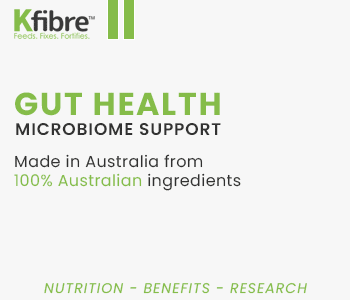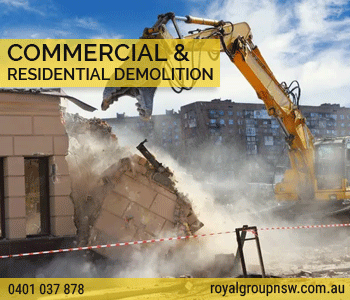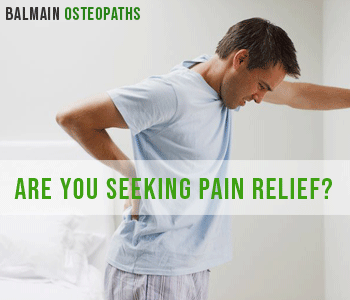The brainchild of Sydney graphic designer Erin Mulvey, LOADMAX is a revolutionary way that people wishing to move household items, office or commercial goods, or even boats and vintage cars – or fragile possessions – can attract quotes or bids from transportation companies whether local or needing something moved interstate…
Frustration with finding the right furniture delivery person for her household furniture was the inspiration for Sydney graphic designer Erin Mulvey to conceive a very advanced internet system which brings everyday people needing things carefully and professionally shifted with providers who wish to deliver the best possible service for the cheapest price.
But are we to say that the air indoors is safer? Indoor pollution is often overlooked as we seldom question that the air we breathe at home or in the office could be harmful. We may think that closing your doors and windows to the outside world is enough for these harmful elements not to follow us in – but the air that we breathe in our four-walled havens can also be polluted.
In its most basic sense indoor pollution is any impurity or contamination of any substance. As such there will always be some form of impurity inside. It could be natural, man made or chemical that would be airborne and grow to hazardous proportions. The danger there is that it could be slow in accumulation and as we are inside most of the time the longer we are exposed to it that could cause various allergic reactions even sickness without us noticing until it’s too late.
At an increased risk would be people that normally spend a lot of time either at home or the office. Children, the elderly, those who already have a pre-existing condition from respiratory ailments, pregnant women and those that are time bound to stay inside the office.
Sick Building Syndrome (SBS)
A World Health Organization report in 1984 suggested that a significant number of new and remodelled buildings may be linked to SBS. Generally it may be caused by poor heating and ventilation, building materials such as glue or paint but silent contributors at home can be caused by household cleaners, dry cleaned clothes, cosmetics and yes even chlorine from regular tap water. No matter how much we try to clean our homes there would always be traces of bacteria and dust mites that feed off dead skin cells. Their waste product can trigger allergies and asthma.
The office setting have their own set of low level contributors – the copying machine, printers and the cleaning and disinfecting agents. More so for companies that use artificial lighting and electronic equipment.
What Can We Do with Indoor Pollution?
For many of us our main exposure to air pollutants will be when we are indoors ~ Dr. G Pearman, Chief of Atmospheric Research, CSIRO.
This is not to say cleaning is not good, it just may not be good enough. Pollutants and hazards can be microscopically small and still pack a big punch. Some common tips would include regular check and maintenance of Heating, Ventilation and Air Conditioning (HVAC) systems, going green in building construction and maintenance even in choices of household upkeep, smoking outside and for those airborne microorganisms it would be sensible to use an air purifier to improve the air quality.
Take a deep breath!
What to do if you’re interested:
Simply call To Health By Choice
Freecall 1800 021 069














